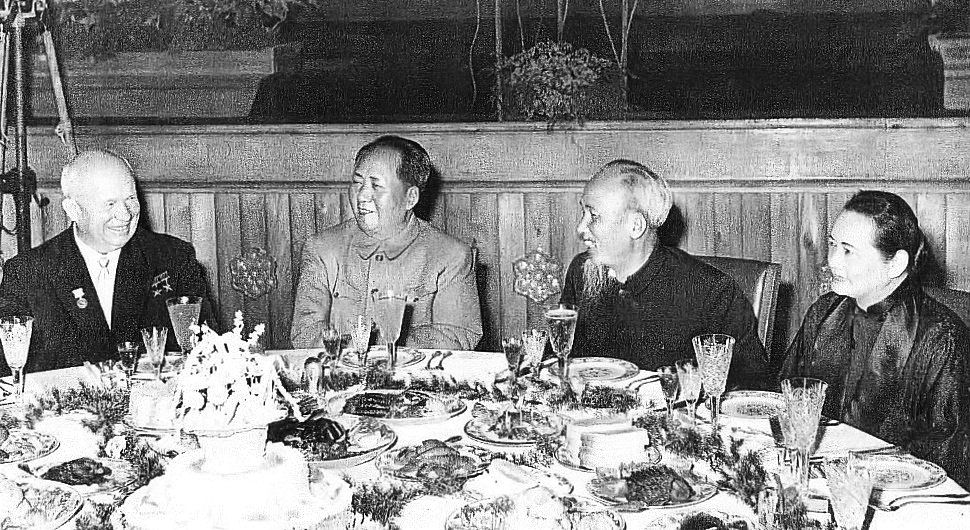|
Middle Eastern Cold War (other)
Middle Eastern Cold War may refer to: *The 21st century Iran–Saudi Arabia proxy conflict, sometimes called the Middle East Cold War *The 1952–1991 Arab Cold War, new republics led by Gamal Abdel Nasser of Egypt and traditionalist kingdoms, led by King Faisal of Saudi Arabia *Cold War in the Middle East, the Cold War in Asia#Middle East, regional aspect of the global Cold War, 1947-1991 *The 21st century Iran–Israel proxy conflict, sometimes called the Iran–Israel Cold War *The 21st century Qatar–Saudi Arabia diplomatic conflict, between Qatar and Saudi Arabia and is sometimes referred to as the Second Arab Cold War {{disambiguation ... [...More Info...] [...Related Items...] OR: [Wikipedia] [Google] [Baidu] |
Iran–Saudi Arabia Proxy Conflict
{{Infobox military conflict , conflict = Iran–Saudi Arabia proxy conflict , width = , partof = the Arab Winter , image = Iran Saudi conflict 2022.png , image_size = 300px , caption = Map of the current situation in the conflict: {{leftlegend, #b30000, Iran and allies{{leftlegend, #253494, Saudi Arabia and allies{{leftlegend, #ff7ca6, Areas under Iranian influence , date = 1979 – ongoing{{cite news, last1=Joyner, first1=Alfred, title=Iran vs Saudi Arabia: The Middle East cold war explained, url=http://www.ibtimes.co.uk/iran-vs-saudi-arabia-middle-east-cold-war-explained-1535968, access-date=11 August 2017, work=International Business Times, date=4 January 2016{{cite news, last1=Poole, first1=Thom, title=Iran and Saudi Arabia's great rivalry explained, url=https://www.bbc.com/news/world-middle-east-35221569, access-date=23 September 2016, work=BBC News, date=20 October 2017({{Age in years, months, we ... [...More Info...] [...Related Items...] OR: [Wikipedia] [Google] [Baidu] |
Arab Cold War
The Arab Cold War ( ar, الحرب العربية الباردة ''al-Harb al-`Arabiyyah al-bāridah'') was a period of political rivalry in the Arab world from the early 1950s to the late 1970s as part of the broader Cold War. The generally accepted beginning of the Arab Cold War was the Egyptian revolution of 1952, which ultimately led to Gamal Abdel Nasser becoming President of Egypt in 1956. Thereafter, newly established Arab republics defined by revolutionary secular nationalism, and largely drawing inspiration from Nasser's Egypt, were engaged in political rivalries of varying degrees of ferocity with conservative traditionalist Arab monarchies, led chiefly by Saudi Arabia. The approximate end point of this period of internecine rivalry and conflict is generally viewed as being the 1979 Iranian Revolution, which culminated in the installation of Ayatollah Ruhollah Khomeini as the leader of Iran's theocratic government. Thereafter, the bitterness of intra-Arab strife was ... [...More Info...] [...Related Items...] OR: [Wikipedia] [Google] [Baidu] |
Cold War In Asia
The Cold War in Asia was a major dimension of the world-wide Cold War that shaped largely diplomacy and warfare from the mid-1940s to 1991. The main players were the United States, the Soviet Union, China, Taiwan (Republic of China), North Korea, South Korea, North Vietnam, South Vietnam, Cambodia, Thailand, Indonesia, Malaysia, India, Bangladesh, Pakistan and Afghanistan. Other countries were also involved, and less directly so was the Middle East. In the late 1950s division between China and the Soviet Union began to emerge, culminating in the Sino-Soviet split, and the two fought for control of Communist movements across the world, especially in Asia. China Relations with United States American images of China Harold Isaacs published ''Scratches on our Minds: American Images of China and India'' in 1955. By reviewing the popular and scholarly literature on Asia that appeared in the United States and by interviewing many American experts, Isaacs identified six stages of America ... [...More Info...] [...Related Items...] OR: [Wikipedia] [Google] [Baidu] |
Iran–Israel Proxy Conflict
The Iran–Israel proxy conflict, also known as the Iran–Israel proxy war or Iran–Israel Cold War, is an ongoing proxy war between Iran and Israel. The conflict involves threats and hostility by Iran's leaders against Israel, and their declared objective to dissolve the Jewish state. Iran has provided funding, weapons, and training to groups including Lebanese Hezbollah, and Palestinian Islamic Jihad (PIJ), which have vowed and carried out attacks on Israel, and which have been designated terrorist organisations by many countries. Because of Iran's hostility to Israel, Israel is also concerned by Iran's nuclear weapons program and missile program, and is seeking to downgrade Iran's allies and proxies, as well as preventing Iranian entrenchment in Syria, another sworn enemy of Israel. Iran's hostility towards Israel followed the 1979 Iranian Revolution, and expanded into covert Iranian support of Hezbollah during the South Lebanon conflict (1985–2000) and by 2005 deve ... [...More Info...] [...Related Items...] OR: [Wikipedia] [Google] [Baidu] |


_05.jpg)